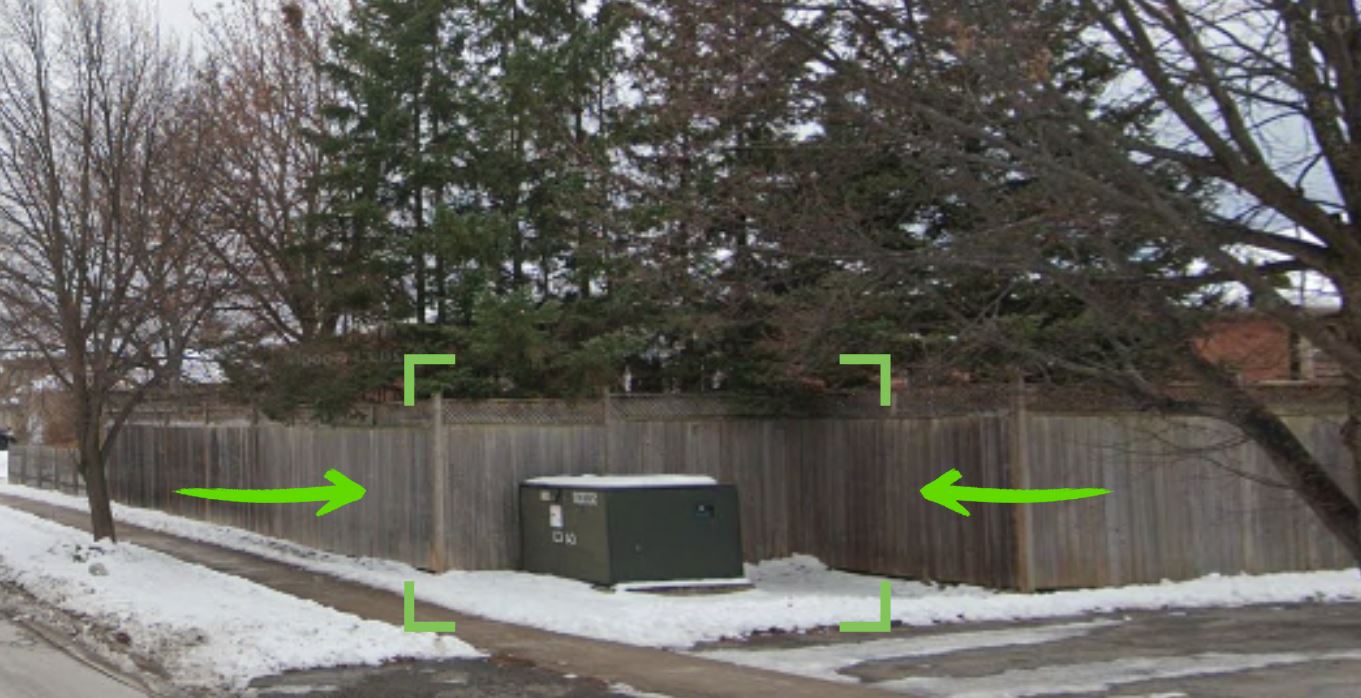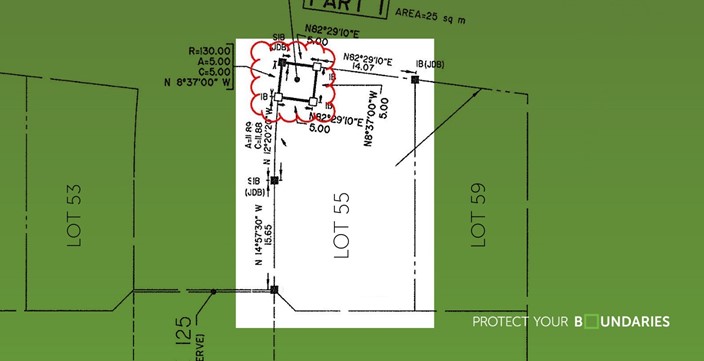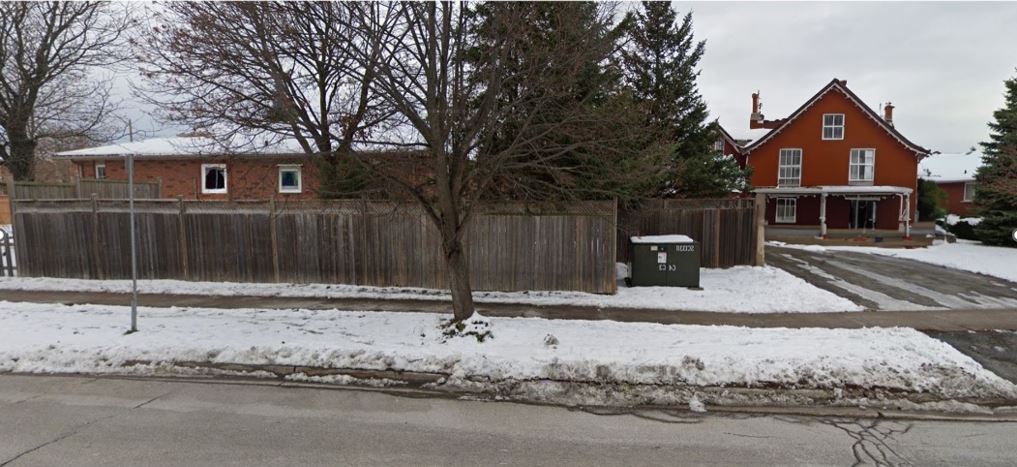A Cautionary Tale: How a Homeowner Avoided Easement Headaches and Neighbour Disputes

Owning a property with easements on it can be complicated, especially if those easements affect your desired use of the property or are in the way of something you want to build. Easements are legal rights granted to others—such as utility companies, to access a portion of your property for specific purposes like installing or maintaining utilities. Because easements impact a homeowner’s ability to use parts of their property freely, it is important to uncover and research any easements and understand their implications; ideally, this is done before you purchase the property.
to recognize easements before purchasing property can lead to costly legal disputes, forced property access, or even a decrease in your property’s value due to restricted use of the land.
In this case, we are examining a residential property in Ontario that exemplifies the importance of having your survey plan and why understanding it is equally important. Our subject property is located on a corner lot at the intersection of two streets.
In figure 1, we are looking at the side of the house from the street. You can see a fence running along the property line, which then jogs around an electrical box and back out toward the rear property line. If you were to look at the subject property from an aerial perspective, it would appear to be an irregular shaped lot.
However, if you pull up the survey of this property, you will see that it is a regular rectangular lot with an easement located in the back left corner.

In this scenario, the owner had a copy of their survey plan and realized they were not allowed to obstruct access to the easement and decided not to enclose this piece of land within their fence, despite it technically being part of their property.
You might be wondering what would have happened had the homeowner decided to enclose the green box within their yard. In this scenario, the homeowner would have been legally obligated to provide utility workers with free and unobstructed access to their property to access the electrical box. By not enclosing this part of their property, the homeowner has avoided this potential nuisance and kept the unsightly unit out of their yard.
Now, if this homeowner were to sell their property, the new buyer may not fully understand the ownership and legal implications tied to that piece of land. This is why having a land survey plan is always recommended before purchasing any property. Knowledge is the most powerful tool when it comes to protecting your investment, avoiding legal disputes, and ensuring you have full clarity on what you’re truly buying.
Another reason why land surveys are important is that there is always the possibility that the easement on the property could be released or expire. In that case, the easement would be lifted, and the homeowner would regain full use of that portion of their land. Having your plan and knowing your land means avoiding costly battles with neighbours over property ownership.
In this scenario, it’s possible the neighbour to the rear of the subject property might believe this section of land belongs to them, as this view of the house could suggest that possibility, especially since this part of the property has not been enclosed by the fence. As a homeowner, having your land survey plan provides concrete evidence of the land that belongs to you.
At Protect Your Boundaries, we have made Land Survey Plans and BoundaryPlus Easement Reports available for homeowners, giving them the tools required to understand their land and any easements or restrictions that may impact its use. These reports are invaluable not just for potential buyers but also for current homeowners who want to avoid future disputes or misunderstandings.
For more information on products and services available for your home, visit ProtectYourBoundaries.ca or you can learn more about Easements here













